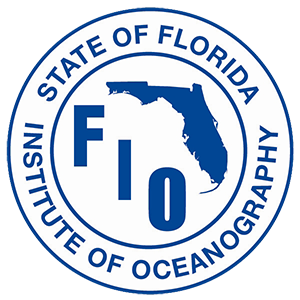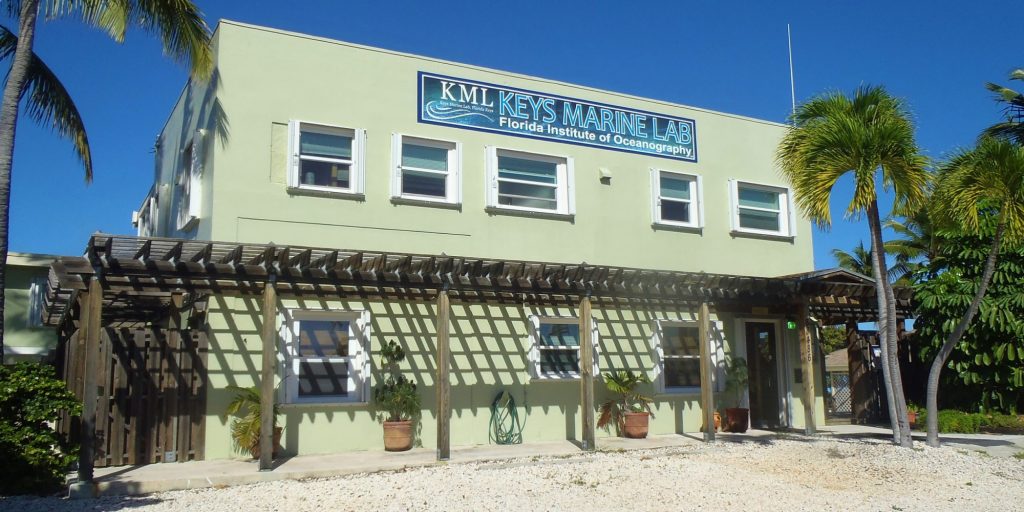
The Keys Marine Laboratory and Long Key, the island on which it resides, have had a long and interesting history, with periods of calm and prosperity punctuated by the destruction rendered by hurricanes, which in some ways describes the history of the Keys in general. An interesting mix of occupants have resided at the KML site over the years, culminating with the construction of the laboratory facilities you see today. If you are interested in a more thorough history of Long Key and the Keys in general, there are several excellent books and websites detailing the history of this area. Check out the Keys Historeum online at www.keyshistory.org.
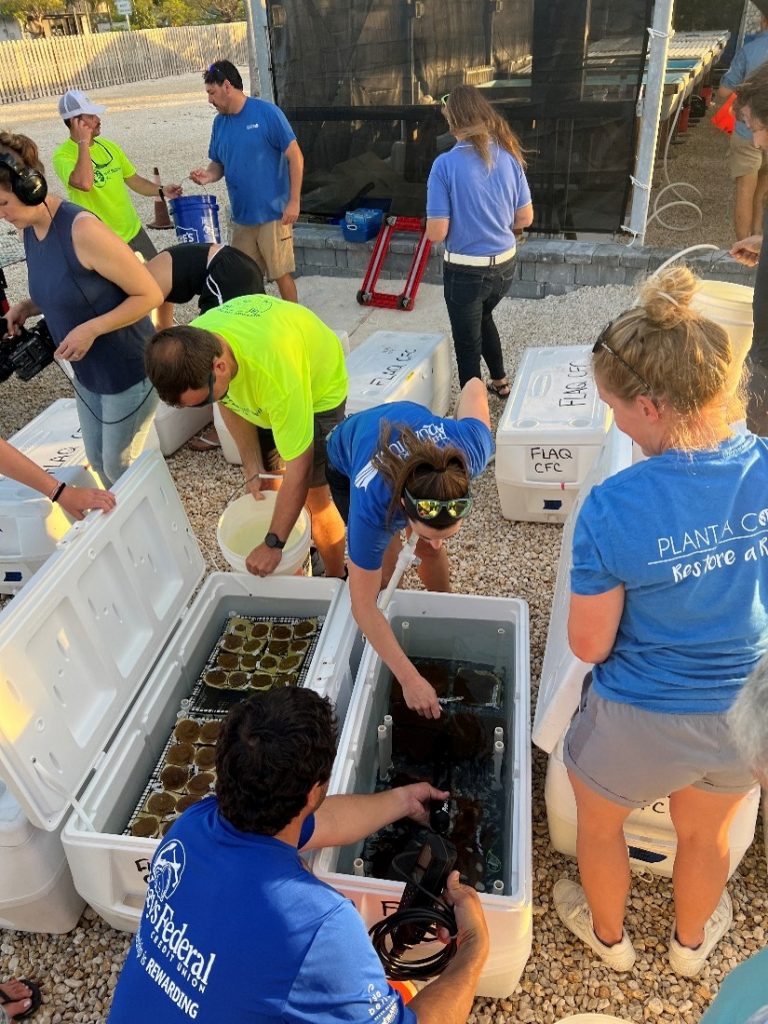
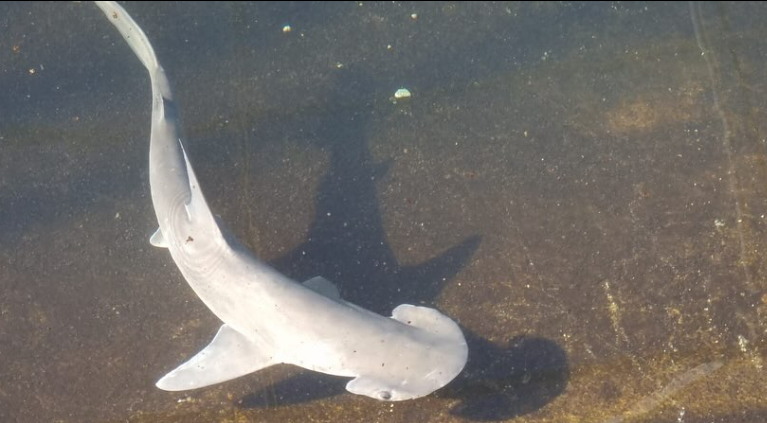
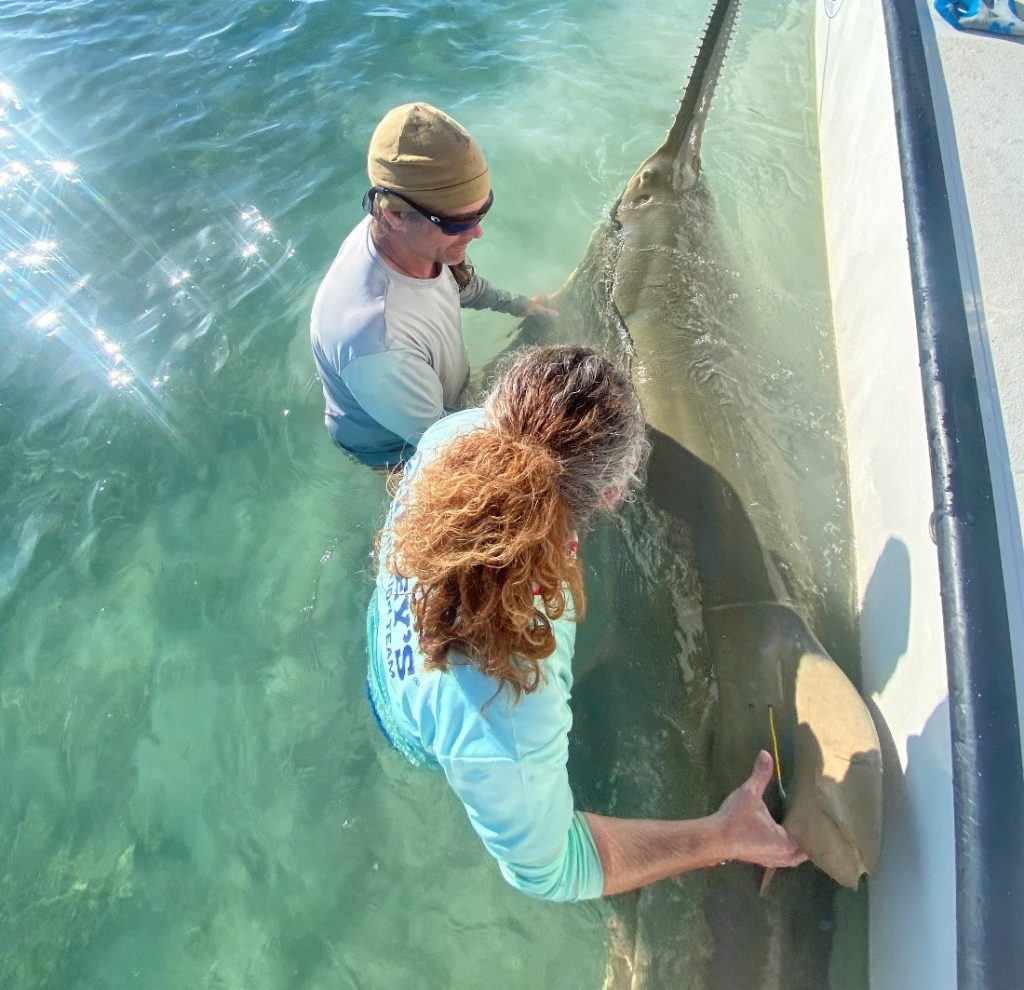
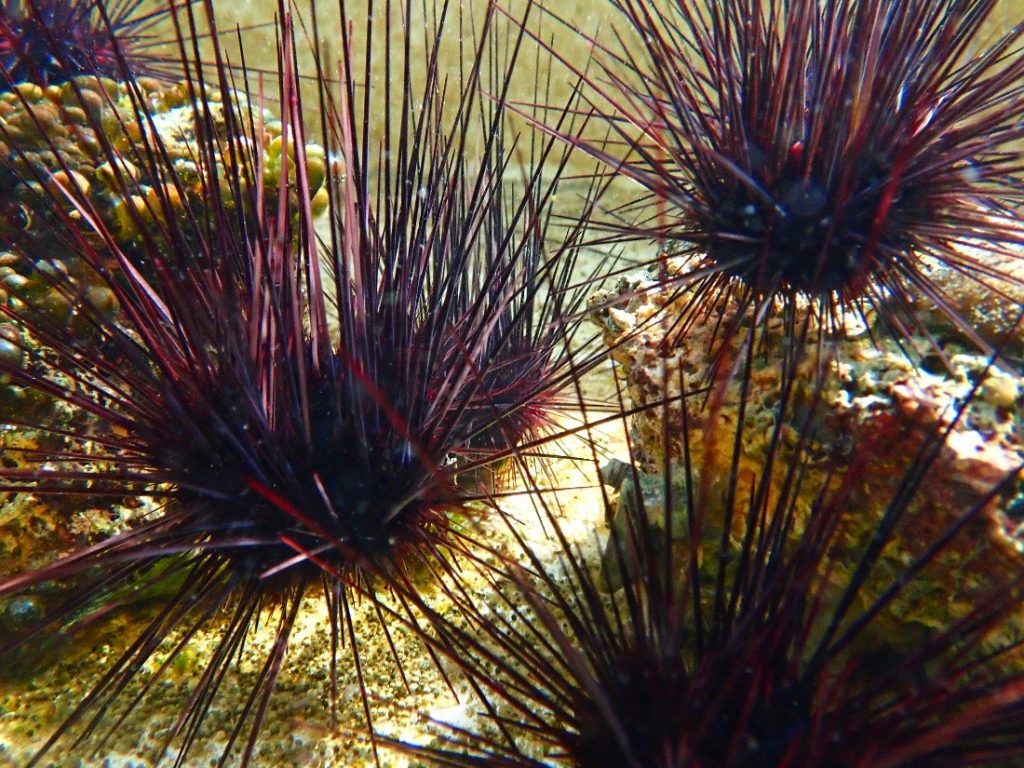
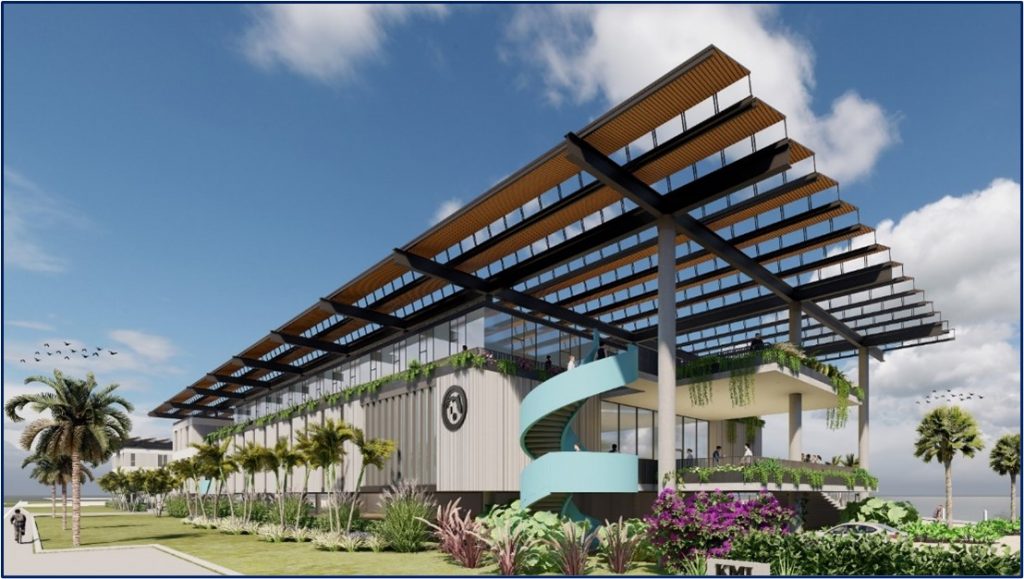
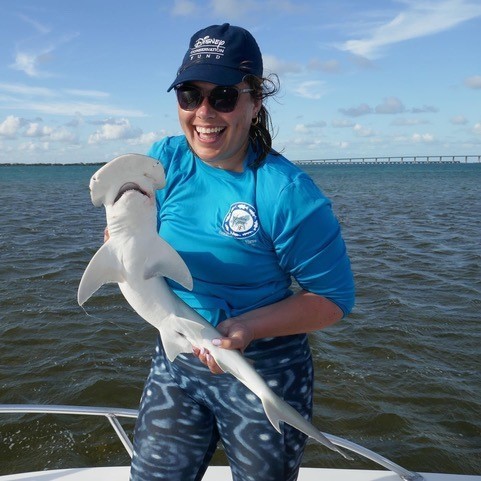
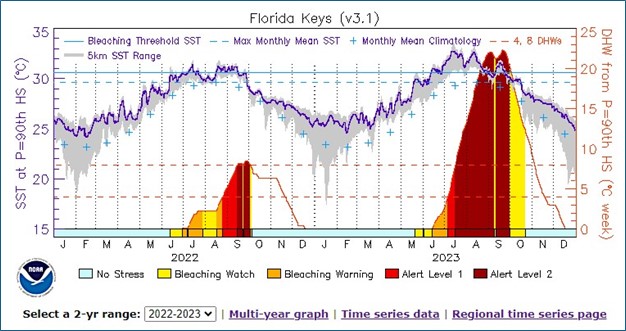
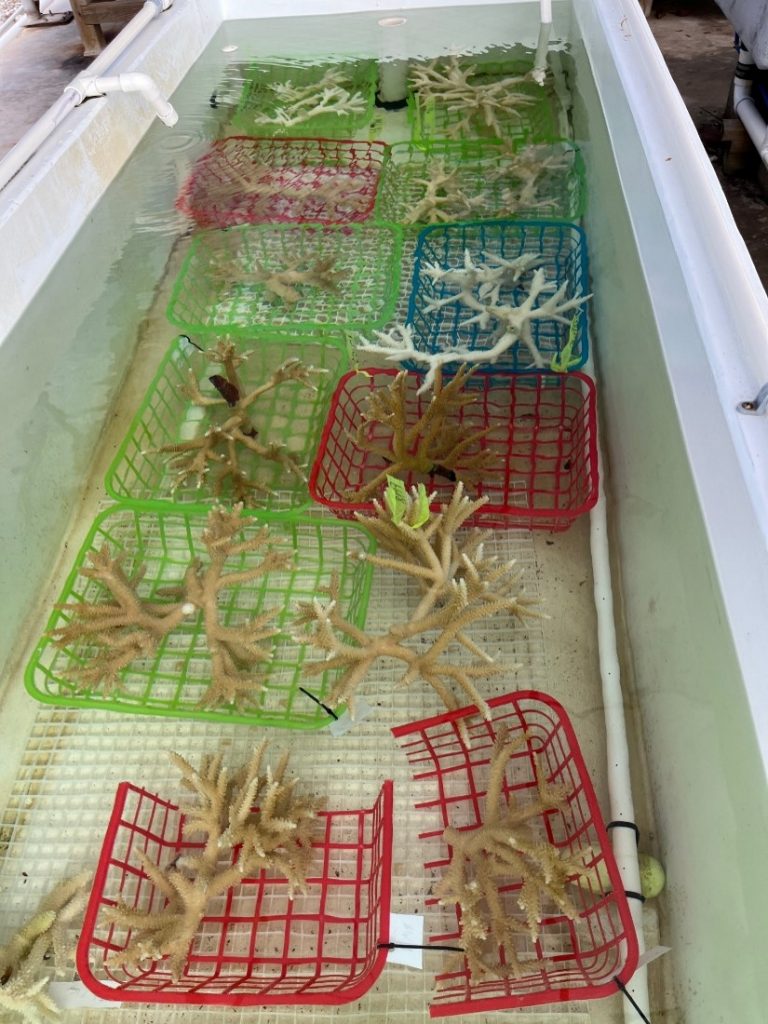
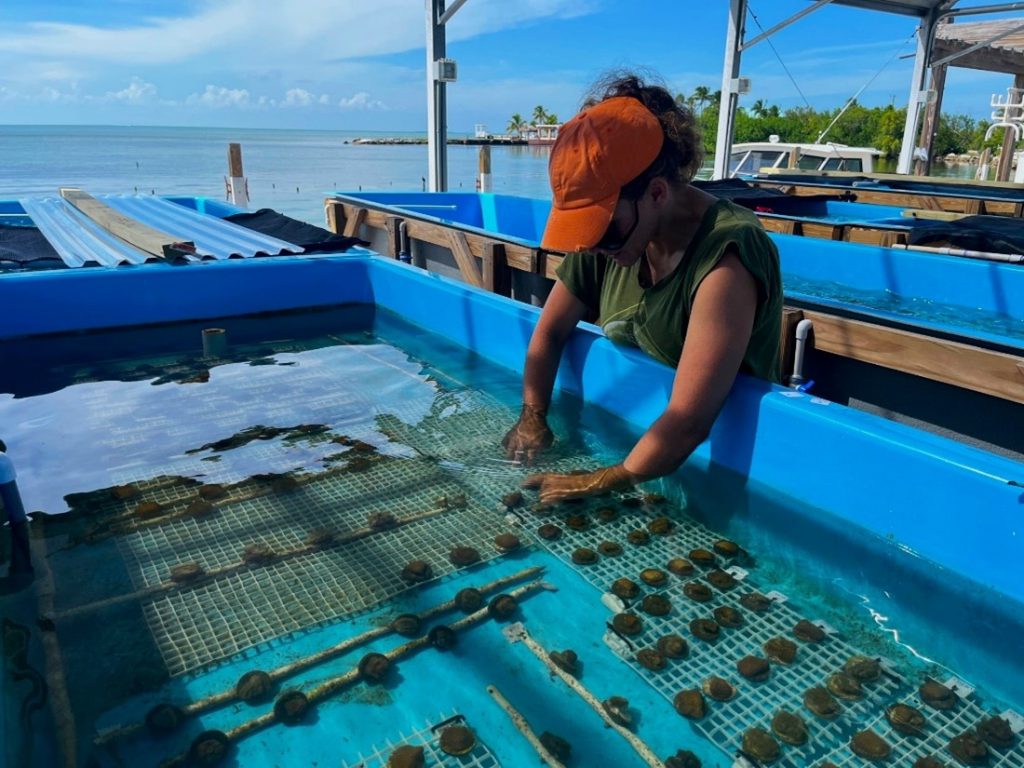
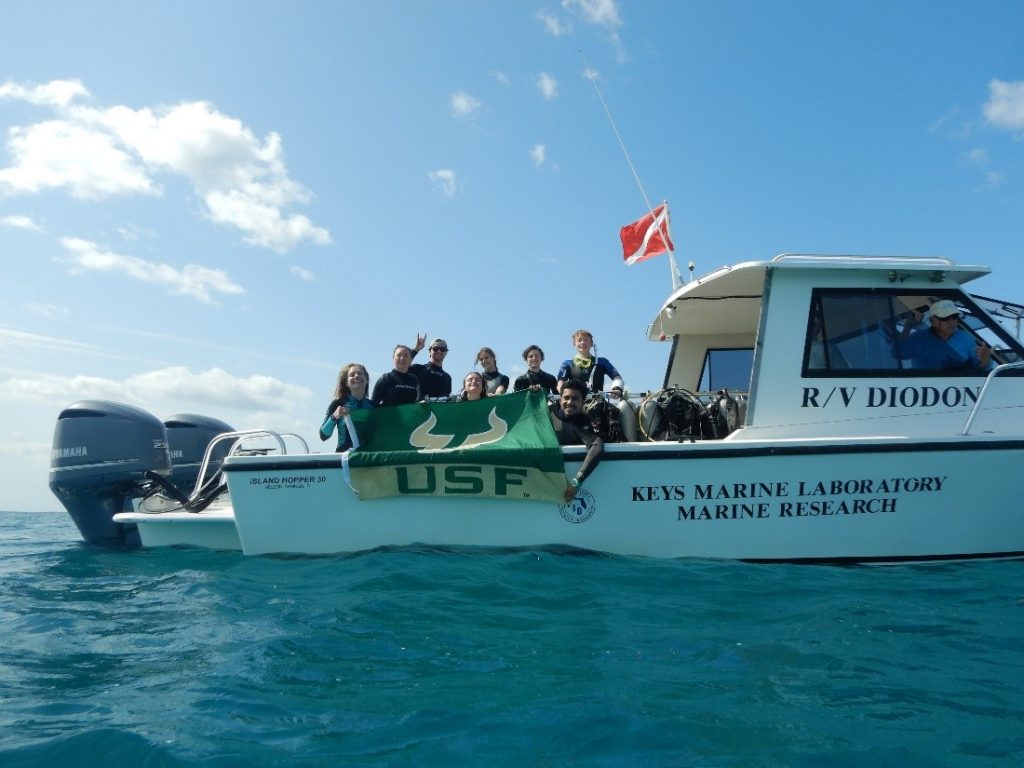
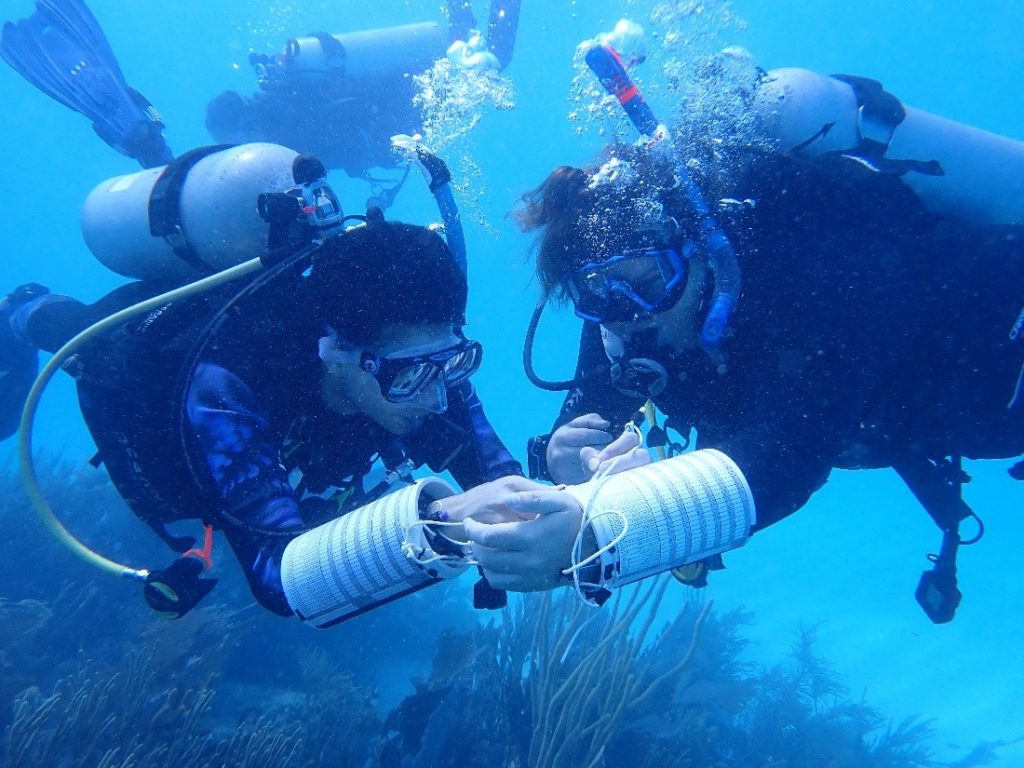
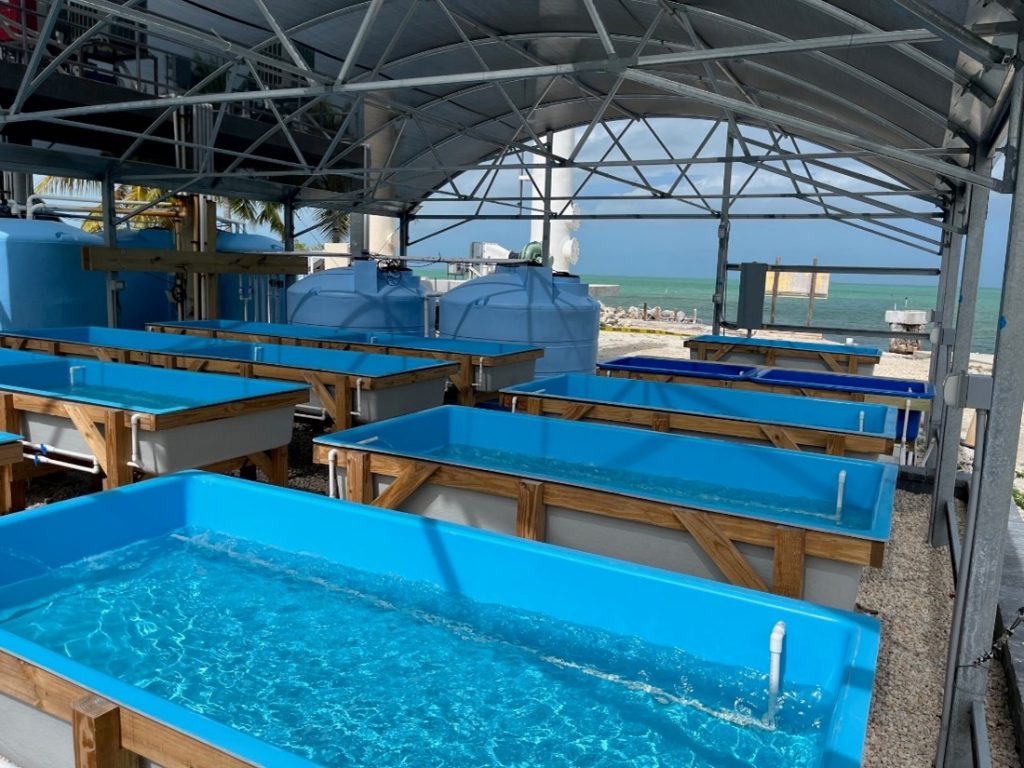
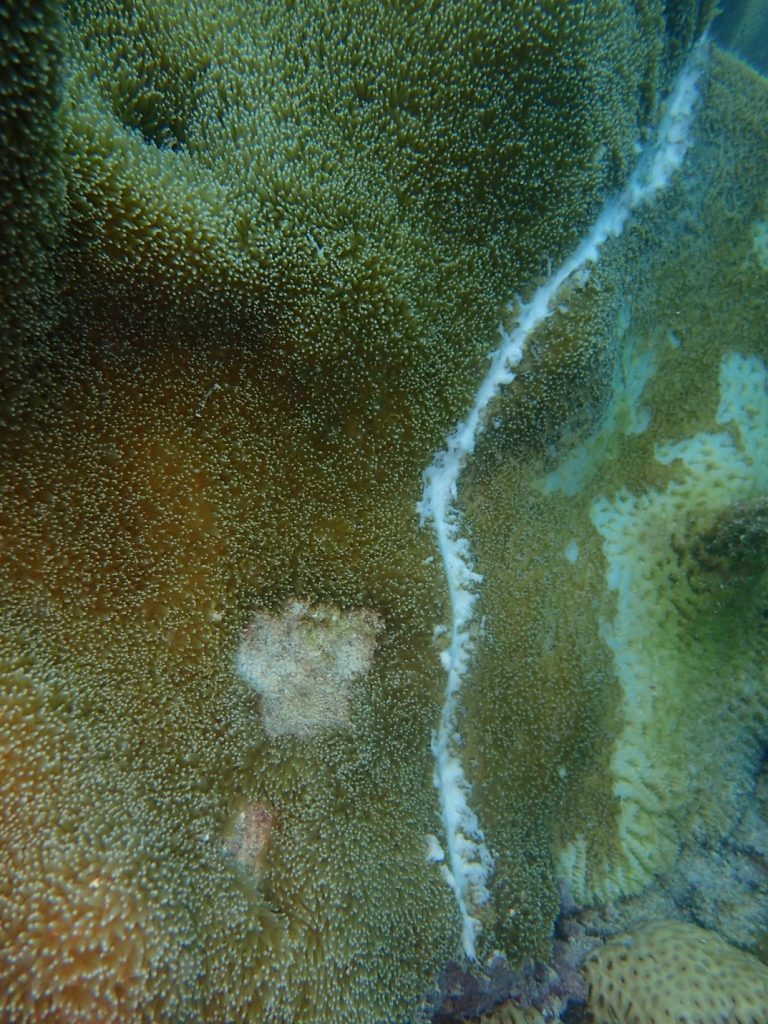
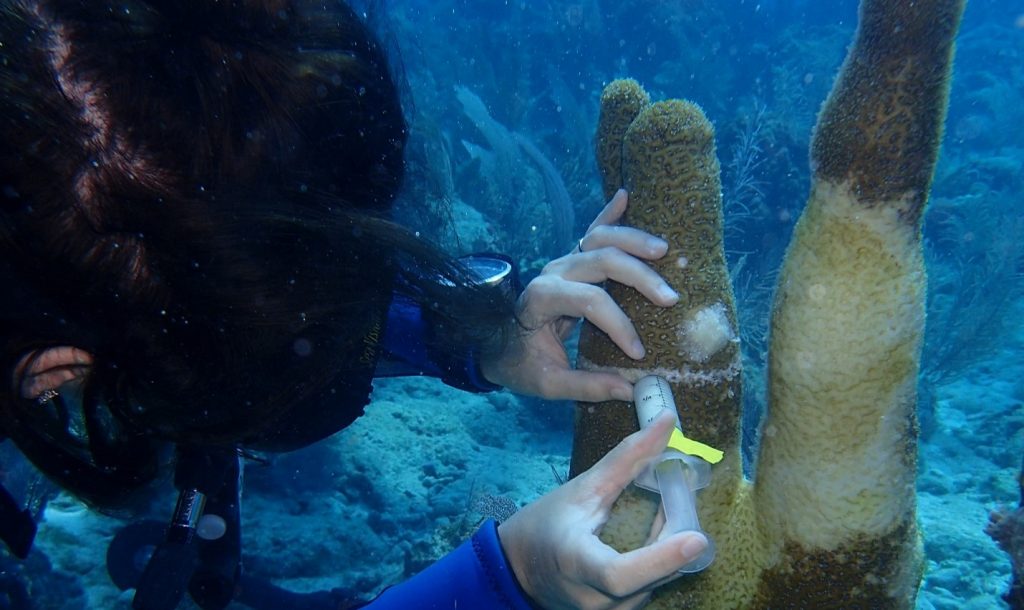
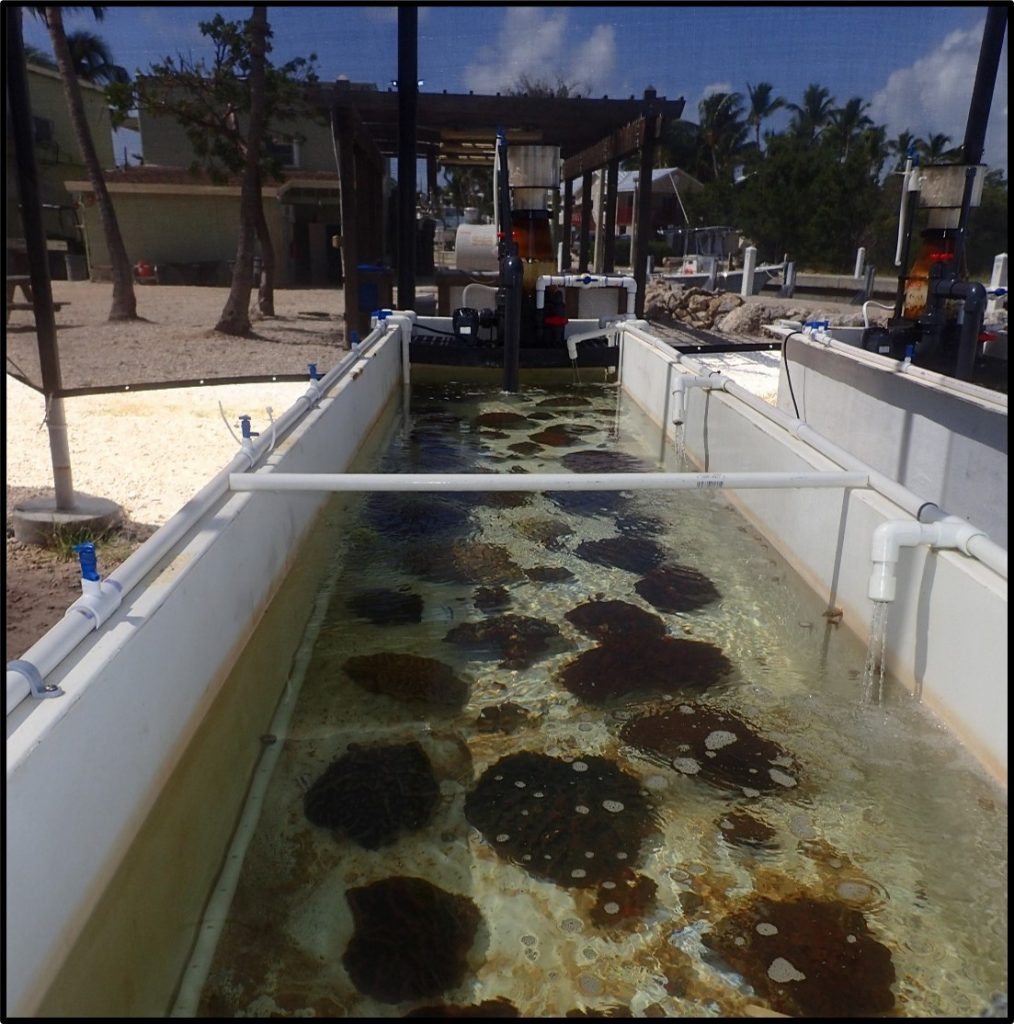
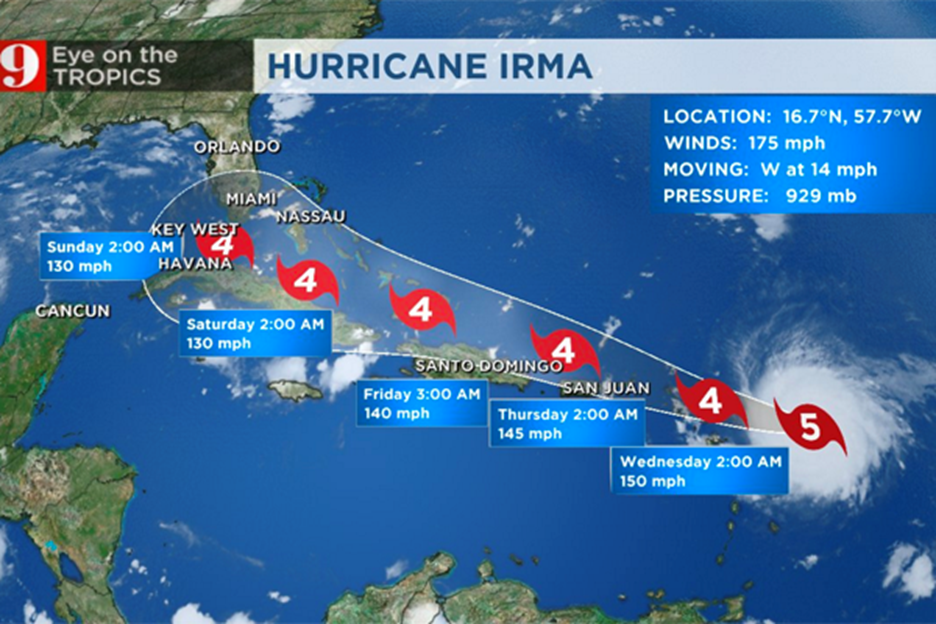
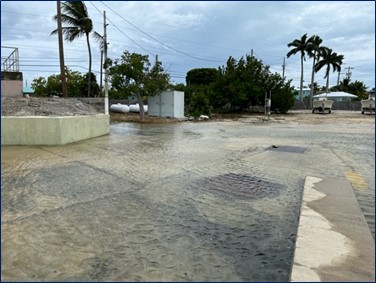
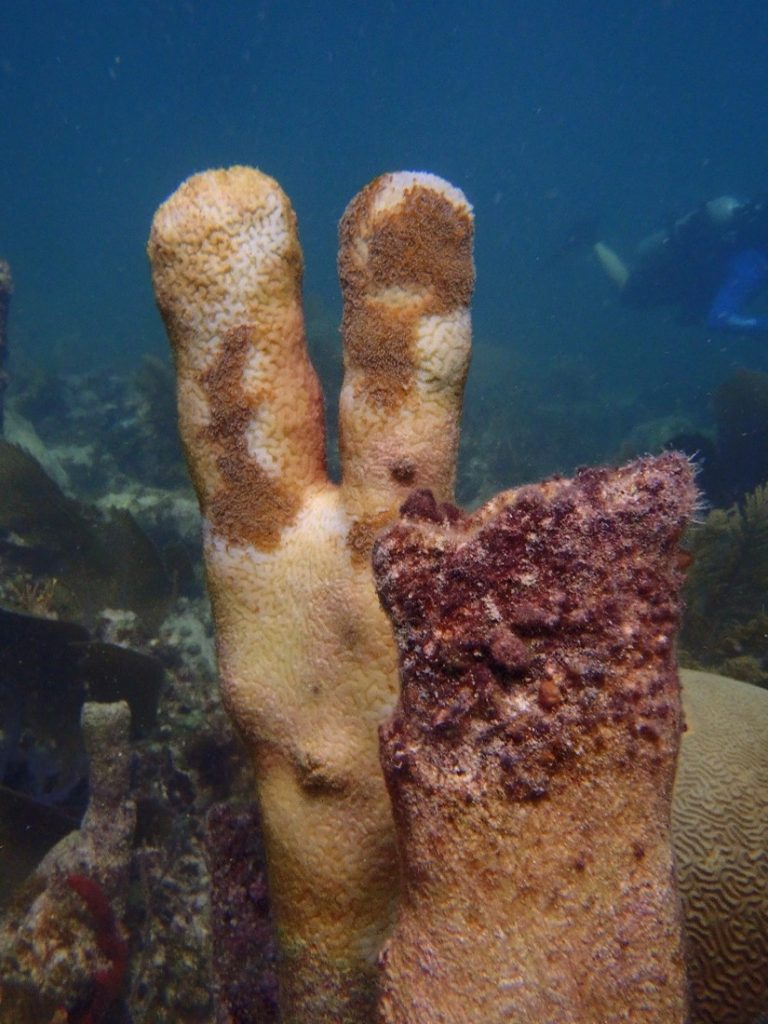
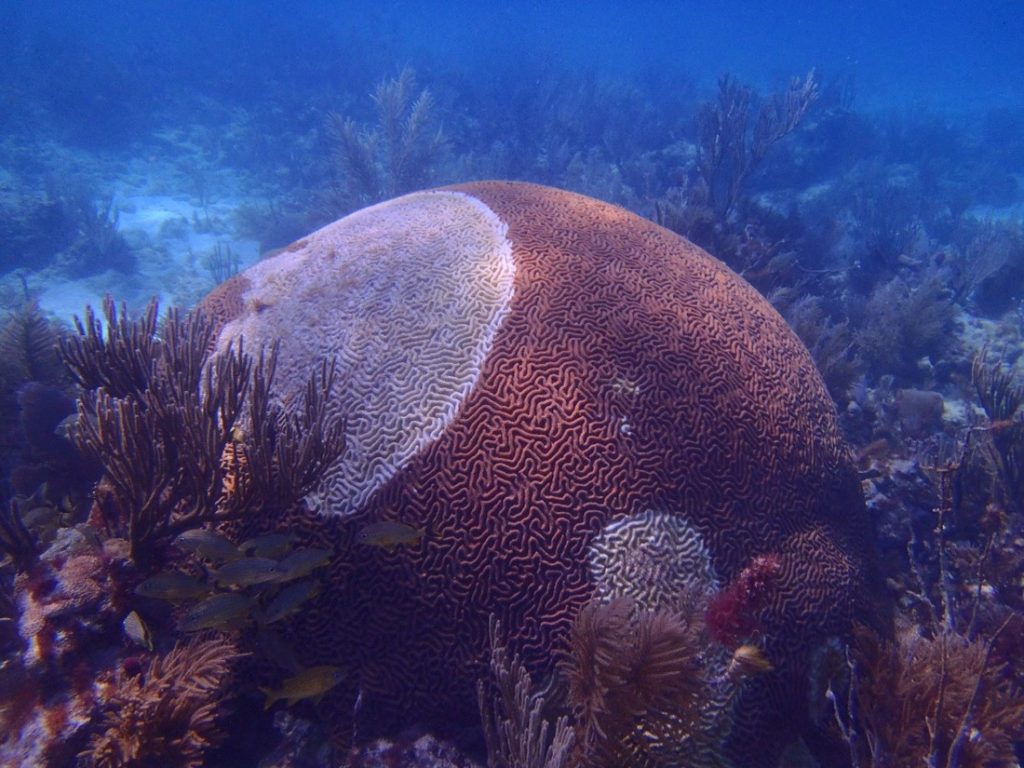
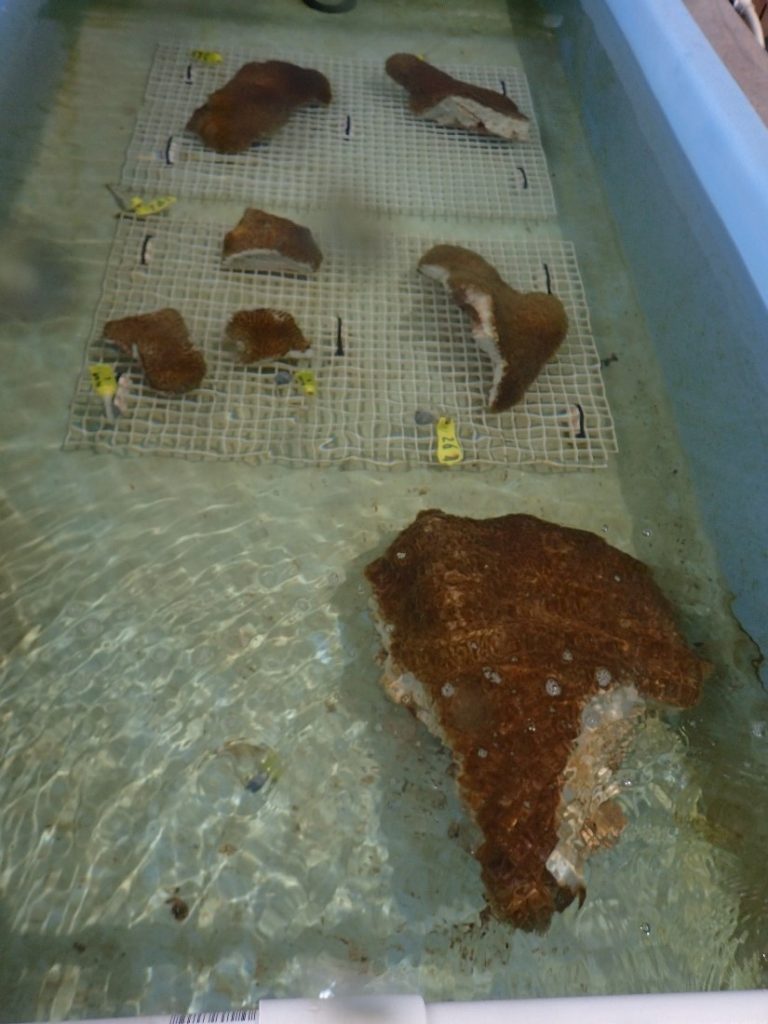
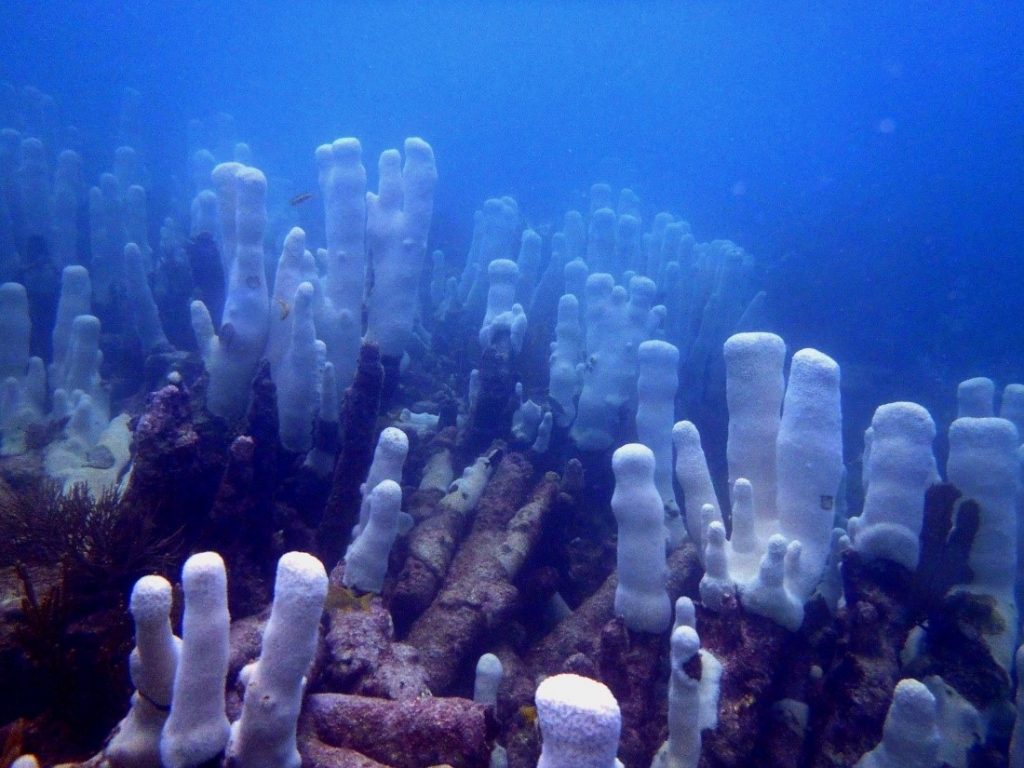

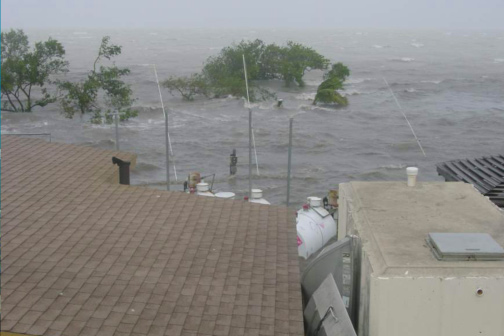
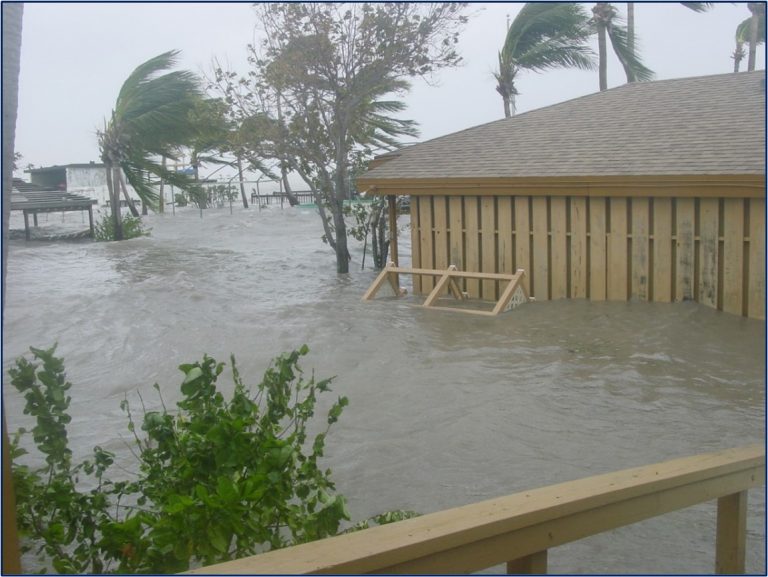
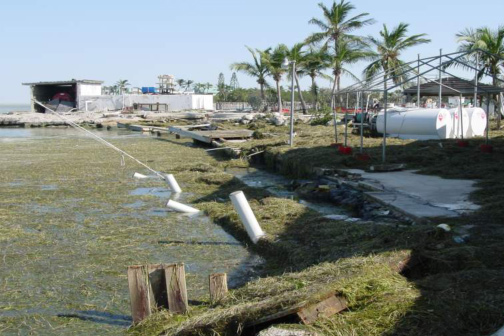
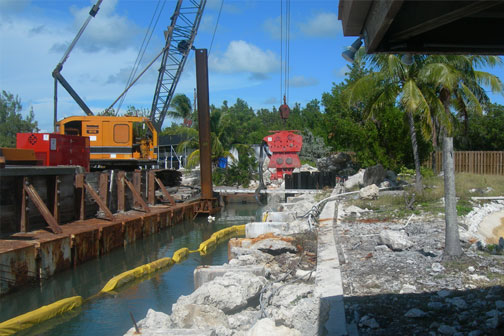
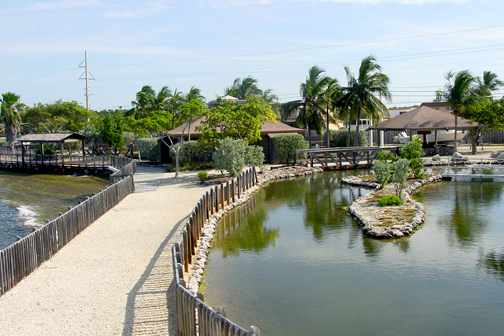
FIO formed partnership with DNR (now FWC) to jointly manage the new Keys Marine Lab.
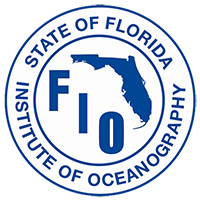
In addition, scientists from other states were encouraged to use the facility, and many became regular users. This relationship continued until Sea World determined that the property had to be liquidated. Based on its academic interests and involvement in the property, FIO surveyed the research and education community statewide and concluded that there was a substantial user community dependent on the continued availability of KML for a variety of research and academic programs. In addition, a broader regional survey suggested a much larger potential user community existed for a “full service” marine laboratory with access to the unique ecosystems of south Florida, Florida Bay, and the Florida Keys chain.

The state decided to make a move and in 1988, The Nature Conservancy actually purchased the facility from Sea World until the necessary legislation was in place. A coalition was forged between the FIO and FWC to jointly own and operate the KML as a combined state-owned research and education facility, thereby justifying the substantial capital outlay required.
The State of Florida completed purchase of the facility in August 1990, and the FIO entered into a formal inter-agency agreement with the FWC to operate the facility under joint jurisdiction of FIO and the Fish and Wildlife Research Institute (FWRI).
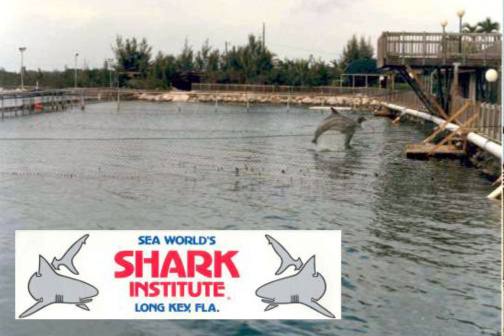
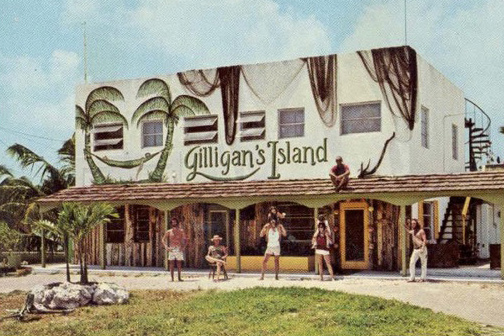
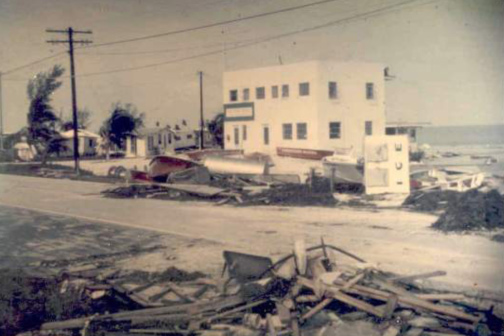
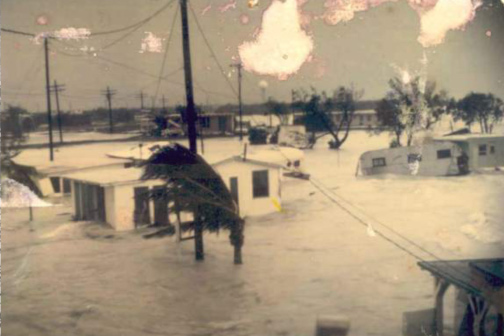
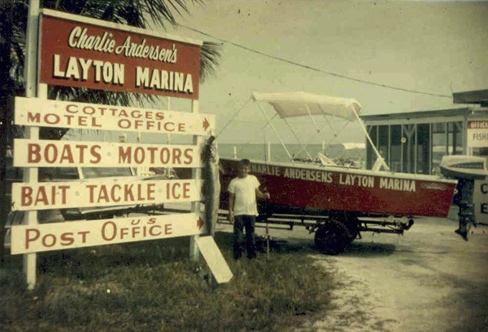
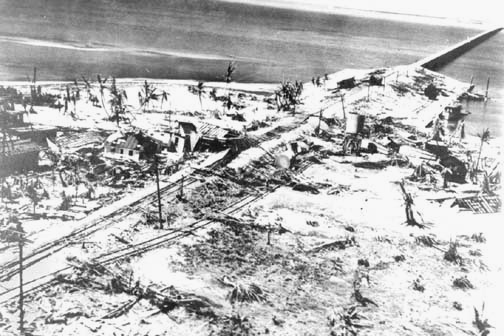
In March of 1917, the Long Key Fishing Club is officially formed with Zane Grey serving as president.
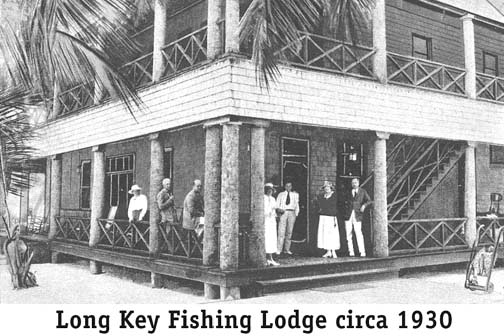
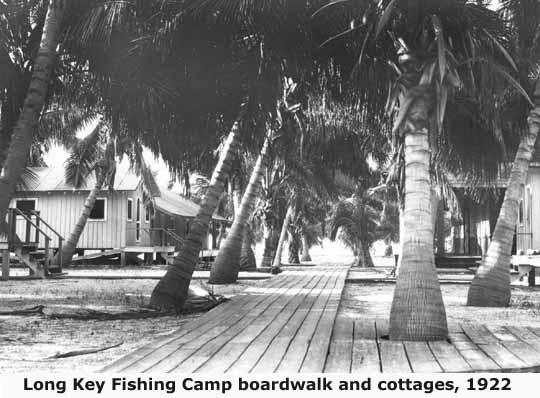
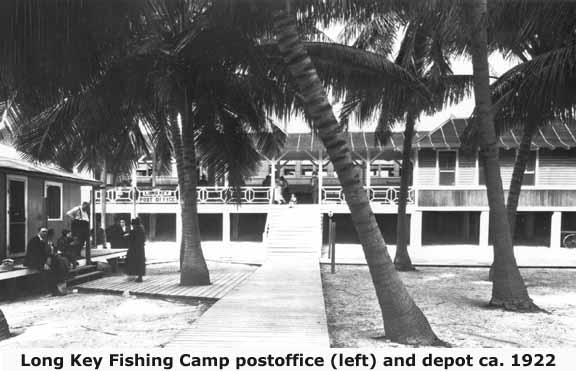
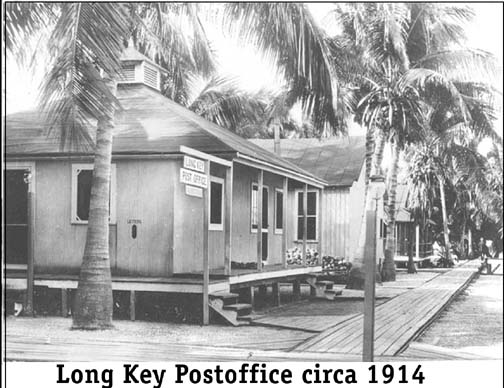
From the Historical Preservation Society of the Upper Keys
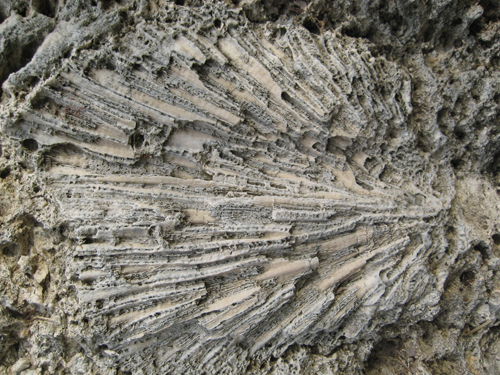
From the Florida Geological Survey
1.8 million years ago, a shallow sea covered what is now south Florida. From that time to about 10,000 years ago, often called the Pleistocene “Ice Ages,” world sea levels underwent many fluctuations of several hundred feet, both above and below present sea level. Colonies of coral became established in the shallow sea along the rim of the broad, flat Florida Platform and the subtropical climate allowed the corals to grow rapidly and in great abundance, forming reefs. As sea levels fluctuated, the corals maintained footholds along the edge of the platform; their reefs grew upward when sea level rose, and colonies retreated to lower depths when sea levels fell. During times of rising sea levels, dead reefs provided good foundations for new coral growth. The last major drop in sea level exposed the ancient reefs, which are the present day Florida Keys island chain.
High water mark, seawater levels cover most of present-day South Florida.
Low water mark, most of the Florida Shelf exposed.
Present day reefs are flooded as ocean rises to its current level.
